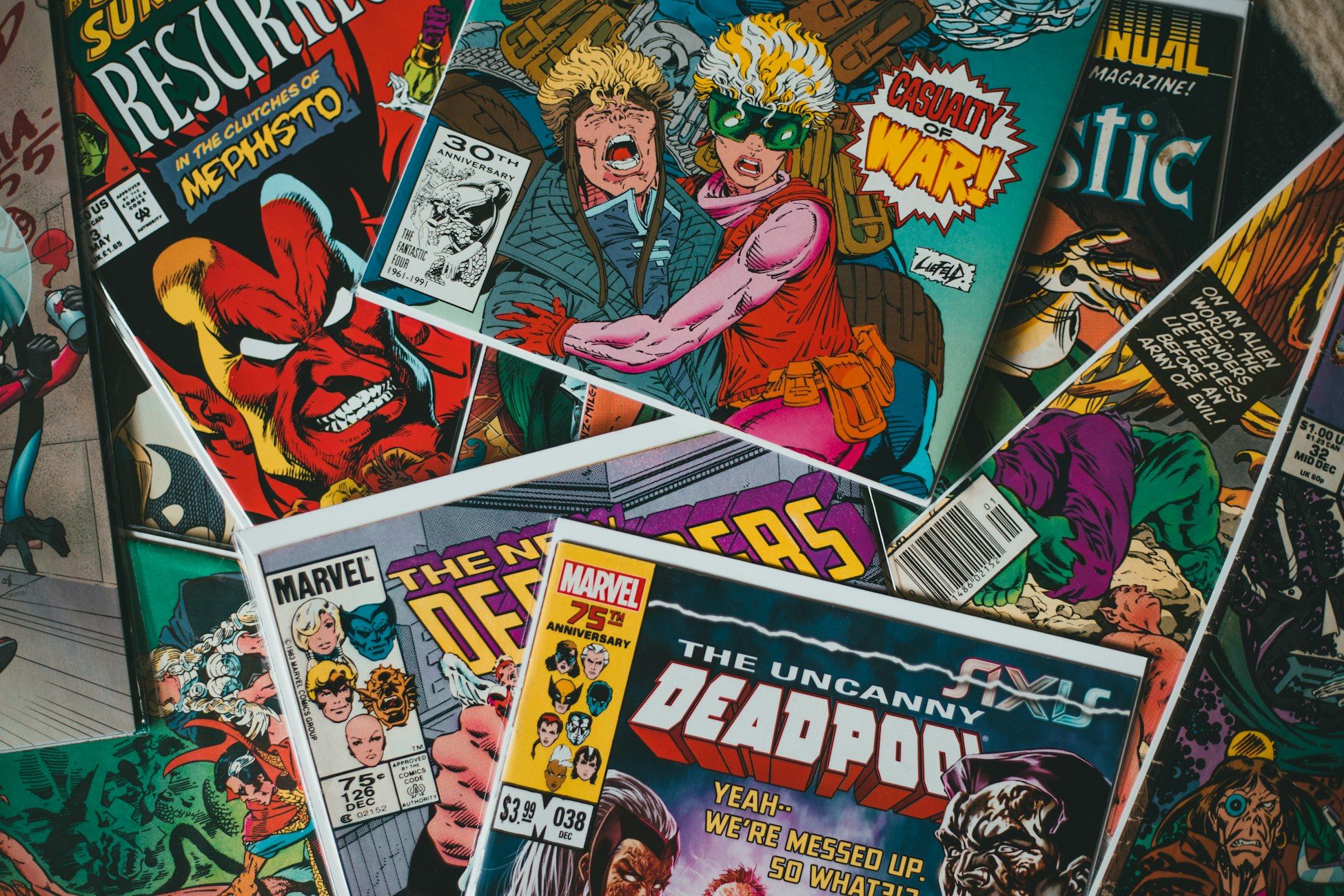The Evolution of Comics: From Print to Digital Storytelling



Comics have come a long way since their humble beginnings in newspapers and magazines. The evolution from print to digital storytelling has revolutionized the way we consume and interact with these visual narratives. Let’s take a journey through the history of comics and explore how they have transformed in the modern era.
The Early History of Comics
Comics have existed in various forms for centuries, with early examples found in ancient civilizations. However, it was not until the 19th century that comics began to resemble the medium we recognize today. The evolution of comics can be traced through:
-
Comic strips in newspapers
-
The emergence of comic books
-
The rise of graphic novels
These early forms laid the foundation for storytelling through sequential art.
The Rise of Print Comics
In the early 20th century, print comics gained massive popularity. Iconic characters like Superman, Batman, and Wonder Woman captured the imaginations of readers around the world.
Key aspects of this era include:
-
Vibrant, action-packed storylines that appealed to young audiences
-
The establishment of comic books as mainstream entertainment
-
Influence on popular culture and future generations of creators
Print comics became more than entertainment—they became cultural icons.
The Digital Revolution in Comics
With technological advancements, comics evolved beyond print. The rise of digital comics in the late 20th century marked a major shift. Digital platforms allowed creators to:
-
Reach a global audience instantly
-
Experiment with new storytelling formats
-
Integrate multimedia elements like animation and sound effects
This digital transformation opened up creative possibilities that were impossible in print alone.
The Popularity of Webcomics
Webcomics, or comics published online, gained popularity in the early 2000s. They offered unique opportunities for creators:
-
Freedom to explore diverse genres and artistic styles
-
Direct interaction with fans via social media and websites
-
Faster publishing schedules without traditional gatekeepers
This interaction between creators and readers fundamentally changed the comic experience.
Modern Comics: Print Meets Digital
Today, comics exist in a wide array of formats, combining traditional and digital elements:
-
Print comics: Still cherished by collectors for their tactile experience
-
Interactive webcomics: Offering reader engagement and multimedia features
-
Motion comics: Combining animation, sound, and storytelling
The modern comic landscape is diverse, accessible, and constantly evolving.
The Enduring Appeal of Print
Despite the digital revolution, print comics remain beloved. The experience of flipping through a physical comic book or graphic novel offers a sensory satisfaction that digital formats can’t fully replicate.
The Future of Comic Storytelling
The evolution from print to digital has transformed not only the medium but also the way we engage with comics. Whether you enjoy the nostalgia of print or the convenience of digital comics, one thing is certain: comics will continue to evolve.
From early newspaper strips to immersive digital worlds, the history of comics demonstrates the enduring power of visual storytelling. As technology advances, the possibilities for innovation and creativity in comics are limitless.




